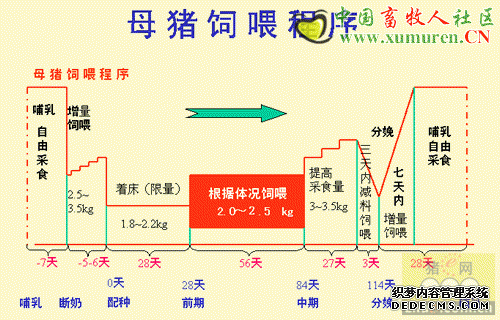By Theo van Kempen, Swine Nutrition Specialist, North Carolina State University - At the 2003 Banff Pork Seminar, Smithfield Foods announced it would invest $20 million in a new environmental initiative at its Utah swine farms. The objective of the project is to recover energy in animal manure in a usable form: bio-diesel.
Dr Theo van Kempen
Swine Nutrition Specialist
Although this project has received considerable notice on television and in newspapers, most of the coverage did not provide substantial details on the actual processes involved. This article will explain what is going to happen in Utah. It is based on a paper being prepared by Prince Dugba, the Smithfield Foods engineer responsible for this project.
Animal manure holds a tremendous energy potential. Within U.S. animal agriculture, approximately 250 million tons of dry fecal material are produced yearly, with an energy value comparable to wood (on a dry-matter basis). If this energy could be harvested in gasoline, it would be equivalent to 21 billion gallons. In animal manure treatment systems using lagoons, this energy is not recovered. Instead, bacteria break down most of the organics contained in the manure, producing gases such as methane and carbon dioxide, the former of which may have a negative impact on the environment, as it is a potent greenhouse gas.
In many parts of the world, energy contained in animal manure is already harvested. For example, feces are used for cooking in Africa and Asia. In the U.S., though, both farmers and researchers have searched for many years for processes to harvest this energy. Given that in the U.S., swine manure is typically harvested in a very diluted form, this recovery has been more difficult. One technology that is effective with wet manure is to use a digester (or bio-gasification). This technology actually acts very much like an improved lagoon. Bacteria break down the organics in the manure to produce methane and carbon dioxide. Instead of letting these gases escape to the atmosphere, though, they are captured and used as an energy source.
A challenge with methane is that it is a gas that is difficult to store. In the past, it was typically used as an energy source by immediately combusting it in a generator for the production of electricity. Although a valuable energy source, difficulties marketing electricity have resulted in many of these projects being economically unfeasible. Thus, alternative uses of this methane-energy were needed.
The Utah project is a combination of technologies that recover the energy contained in swine manure and turn it into a usable and marketable fuel. This project will tie into Smithfield Foods' Skyline complex and include 23 farms with a total of 257,000 finisher pigs, all within a 5-mile radius. A diagram of the process is shown on page 1.
Three steps are involved in this project:
Step 1:
Manure (approximately 40,000 tons of dry matter per year) is collected from the swine houses by conventional technology. Thus, it is flushed from the buildings, the flush-water being recycled water. Rather than ending up in a lagoon for treatment and storage, the manure goes to a storage basin where it is held for one to two days. From this basin, the manure, with a total solids content of 1.5 to 2 percent, is pumped to a central location and into one of four gravity thickeners. These thickeners use gravity to produce a more concentrated solids fraction (70 to 80 percent of the total solids are concentrated in a volume of 30 percent of the original, resulting in a solution with roughly 4.5 percent total solids), and a liquid fraction. This liquid fraction is returned to the farms, treated in a lagoon, and used for flushing.
The thickened fraction is pumped into one of four digesters. These digesters are in-ground, heated (mesophilic) digesters kept at 95篎. Within these digesters, bacteria break down about two thirds of the solids that were in the thickened manure. These solids include proteins, carbohydrates, and fats; all these are broken down into volatile fatty acids by bacteria known as acidifiers. Subsequently, methanogens break down the volatile fatty acids to produce methane and carbon dioxide.
C6H13O5 + xH2O --> COOH-(CH2) n-CH3 --> 4CH4 + 2CO2
Manure + water --> mixture of volatile fatty acids --> methane + carbon dioxide
声明
来源:互联网
本文地址:http://farm.00-net.com/yz/zhu/5/2007-09-20/142366.html








